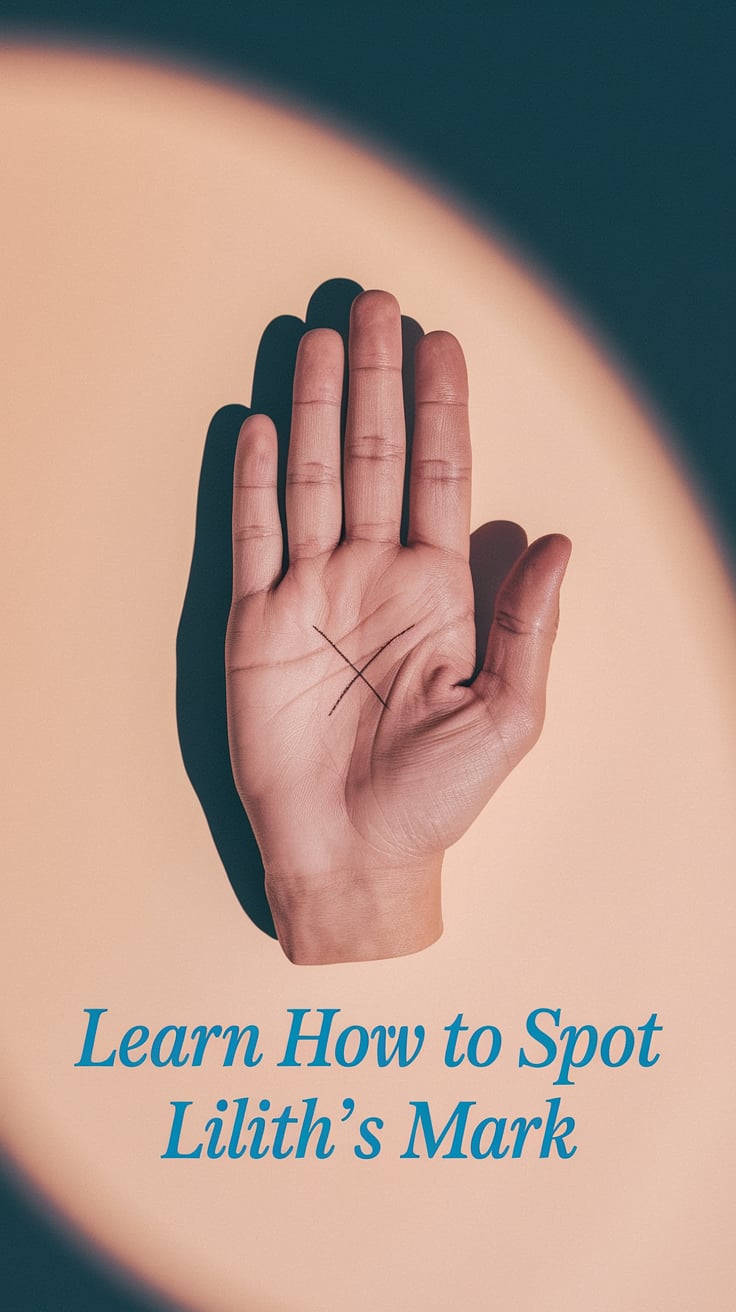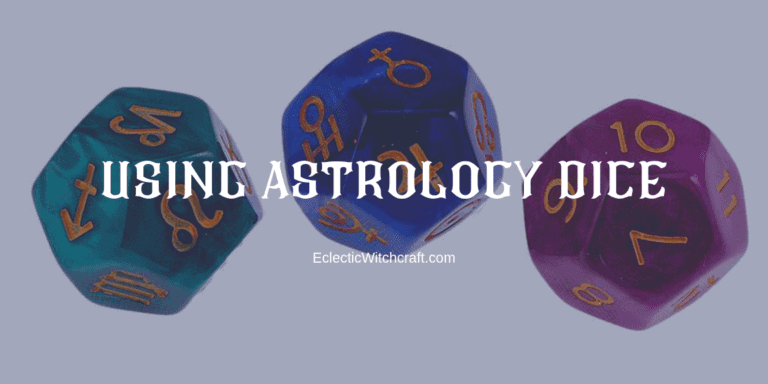Sitting With Difficult Tarot Cards: A Guide To Facing Challenging Readings
Please note that posts on this site may contain affiliate links
You pull a card, glance at it, and immediately feel your stomach drop. The Tower stares back at you with its lightning, flames, and falling figures. The instinct kicks in: shuffle it back, pull another, or quickly move on to the next position. Sitting with difficult tarot cards often feels impossible when they reveal truths we’d rather avoid.
I’ve been there countless times during my years of tarot practice. One particular reading stands out from my early days. The 10 of Swords appeared in my “what I need to know” position. I remember physically recoiling, interpreation forgotten as I focused instead on the painful imagery. I quickly drew another card to “clarify” (let’s be honest, to replace) that message.
What I didn’t realize then was that my avoidance prevented the very guidance I had requested. The cards we least want to see typically contain our most important messages.

Most tarot readers instinctively resist challenging cards. We approach readings seeking comfort, validation, and gentle guidance. When confronted with imagery or messages that trigger discomfort, our brains naturally activate protective mechanisms. This psychological response serves us well in genuine danger. It becomes counterproductive in tarot practice.
Research on mindfulness reveals that our tendency to avoid emotional discomfort actually intensifies negative experiences. Psychologists call this “experiential avoidance” – the attempt to escape difficult thoughts, feelings, or sensations, even when doing so creates harm.
I notice this pattern repeatedly with students learning tarot. They confidently interpret positive cards but stumble when confronting challenging ones. Their interpretations become superficial or they quickly move on without integration.
Traditional tarot texts acknowledge this phenomenon. Many classic books contain sections specifically addressing “negative” cards, suggesting these cards require special handling precisely because readers resist them.
The resistance itself contains valuable information. Your physical and emotional reactions provide clues about deeper meanings relevant to your situation.

Creating Space for Difficult Cards
The sitting technique offers a structured approach to facing challenging readings. This practice transforms your relationship with difficult cards through intentional presence.
First, prepare your physical space. Ensure comfort without distraction. Turn off notifications. Create boundaries against interruptions. Your environment significantly impacts your ability to remain present with discomfort.
(Overwhelmed? Light a virtual candle and take 5 minutes. It actually helps.)
When a challenging card appears, pause completely. Notice your immediate physical reactions. Tightness in your chest? Urge to look away? These bodily responses offer valuable insights.
Take three slow breaths while maintaining visual contact with the card. Allow yourself to fully see the imagery without interpretation. Many readers initially respond to symbolism rather than meaning.

Next, name your emotional response aloud. Simple statements like “I feel anxious seeing this card” or “This makes me uncomfortable” create distance between reaction and interpretation.
Now examine the card’s visual elements individually. Notice colors, figures, symbols, and background details. This analytical approach activates different cognitive processes than emotional responses.
For beginners, sit with challenging cards for at least 60 seconds before interpretation. Intermediate readers might extend this to 3-5 minutes. Advanced practitioners often benefit from 10+ minute reflections on particularly significant cards.
Those with limited time can adapt this technique. Even 30 seconds of focused attention transforms the reading experience. Quality matters more than duration.
Journal your observations before consulting books or resources. Record initial reactions, visual elements that drew your attention, and any intuitive insights. This creates a valuable record of your evolving relationship with challenging cards.
Facing Common Difficult Cards
Certain cards consistently trigger avoidance reactions. Understanding typical responses helps normalize your experience.
The Tower often prompts immediate anxiety. Instead of focusing solely on destruction, sit with questions like: What structures in my life need examination? Where might sudden change create long-term benefit? What false securities am I clinging to?
When I received The Tower during a career reading, my initial panic nearly caused me to abandon the session. After sitting with it for several minutes, I recognized outdated professional patterns requiring disruption. This eventually led to positive career changes I would have otherwise resisted.
Death cards similarly trigger avoidance. Sitting questions might include: What transition am I resisting? What needs release before new growth occurs? Where am I holding onto past identities that no longer serve me?
The 10 of Swords often elicits strong physical reactions. Effective sitting questions include: Where am I maintaining victim narratives? What thought patterns require completion? How might this ending create necessary space?
Traditional interpretations transform through reflection. The Devil shifts from external temptation to internal patterns of self-limitation. The 3 of Swords becomes less about heartbreak and more about necessary emotional processing.

Integrating the Practice
Consistency builds comfort with discomfort. Incorporate sitting practice into every reading, not just when challenging cards appear. This creates the mental habit of presence before interpretation.
Consider creating a “difficult card” journal. Record challenging cards that repeatedly appear, your evolving relationship with them, and insights gained through sitting practice.
My own relationship with tarot transformed completely through this approach. Readings became less about prediction and more about present awareness. Cards I once dreaded now offer the most profound guidance.
The sitting technique extends beyond tarot. Apply it to dreams, synchronicities, or challenging conversations. The ability to remain present with discomfort serves all aspects of spiritual practice.
I still occasionally catch myself wanting to shuffle away difficult cards. The resistance never fully disappears. The difference lies in recognizing that resistance as information rather than direction.
The cards we most want to avoid contain the guidance we most need to hear. Learning to sit with difficult tarot cards ultimately means learning to sit with difficult aspects of ourselves. That’s where the real magic happens.

Full Moon Magic with Hekate: An Exclusive Guide
Unlock the transformative power of Hekate during the full moon for just $4.99 with ‘Working With Hekate During The Full Moon‘—awaken your spirit, harness new opportunities, and connect deeply with the goddess of witchcraft.






